FREE DELIVERY ON ORDERS OVER £50 IN THE UK & EU
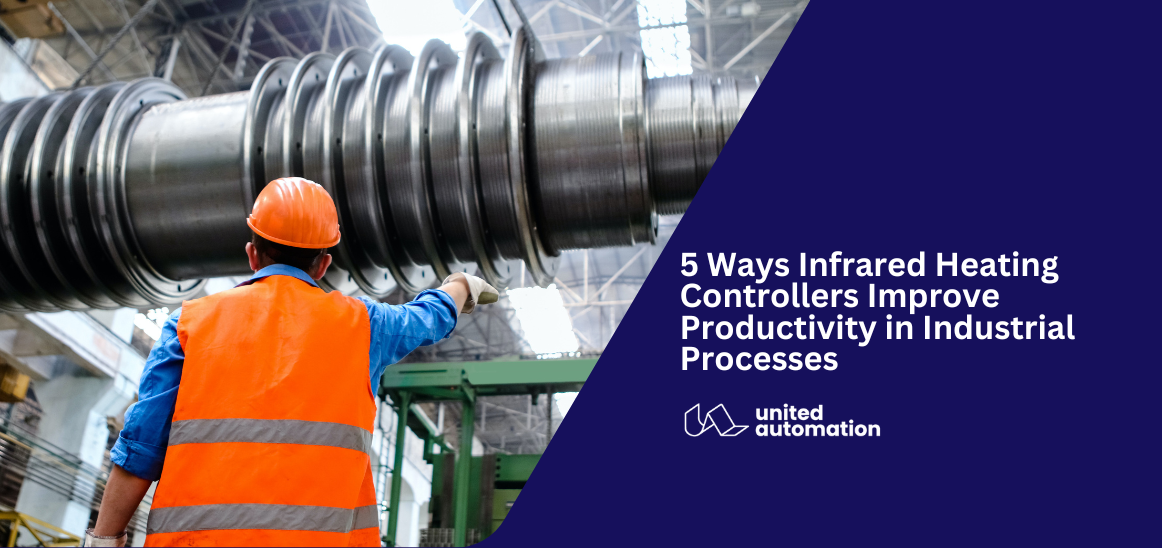
Infrared heating controllers are becoming increasingly popular in industrial processes to improve productivity. These controllers can help to reduce waste, improve efficiency, and create a more controlled environment. In this blog article, we will discuss how infrared heating controllers work and how they can help improve productivity in industrial processes.

Infrared heating controllers are devices that control the amount of infrared radiation emitted by infrared heaters. These controllers can be used to adjust the temperature of an object in a specific area. Infrared heating controllers work by controlling the electrical power supplied to the heating elements. This allows for precise control over the amount of heat that is emitted by the heater.
One of the most significant advantages of infrared heating controllers is their energy efficiency. Infrared heating controllers use less energy than traditional heating systems, such as forced-air heating. This means that less energy is wasted in heating spaces, which can result in lower energy bills and a more sustainable approach to heating.
Infrared heating controllers can help to reduce waste in industrial processes. By providing more precise control over the temperature an object, infrared heating controllers can reduce the likelihood of overheating, which can result in wasted materials or energy. This can also help to reduce the need for rework or repairs due to overheating.
Infrared heating controllers provide increased control over the heating process. This allows for more precise heating of materials, which can improve the quality of the final product. For example, in food production, precise heating can help to ensure that products are cooked evenly and safely.
Infrared heating controllers can heat objects more quickly than traditional heating methods. This can help to speed up production processes, resulting in increased productivity. For example, in paint drying, infrared heating controllers can help to speed up the drying process, reducing the time required for painting and increasing production speed.
Infrared heating controllers require less maintenance than traditional heating systems. This is because the heating elements are not subject to wear and tear from moving parts, such as fans or pumps. This can result in lower maintenance costs and less downtime for repairs, which can increase productivity.

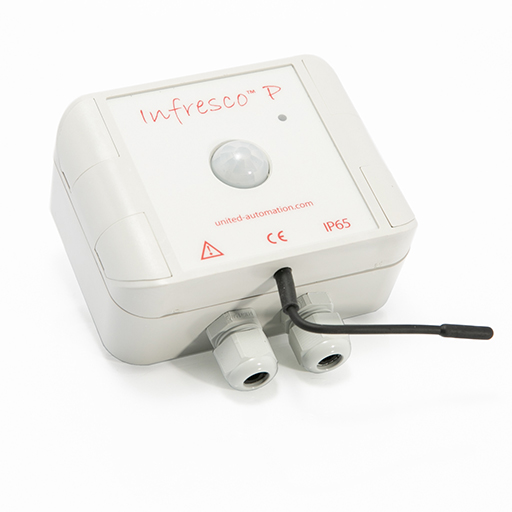
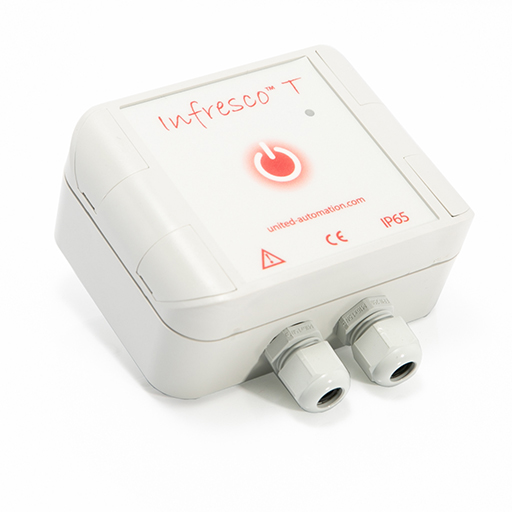
Infrared heating controllers are an effective way to improve productivity in industrial processes. By providing more precise control over the heating process, reducing waste, increasing energy efficiency, and reducing maintenance costs, these controllers can help businesses to improve their bottom line. If you’re looking to improve your industrial processes, consider incorporating infrared heating controllers into your heating system.
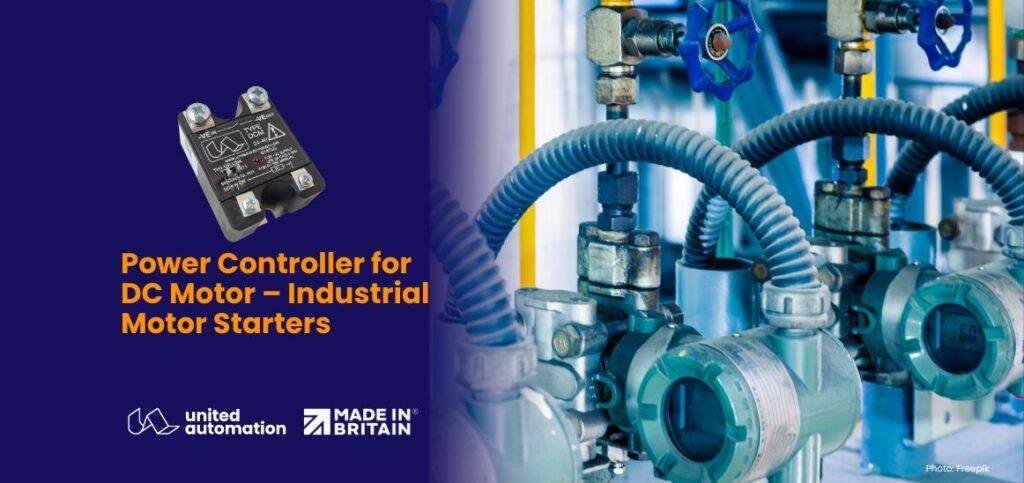
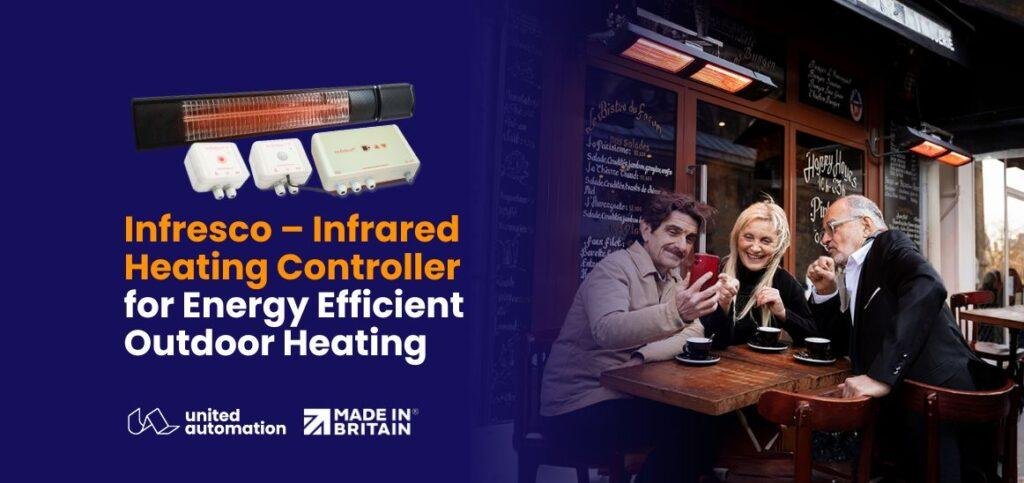
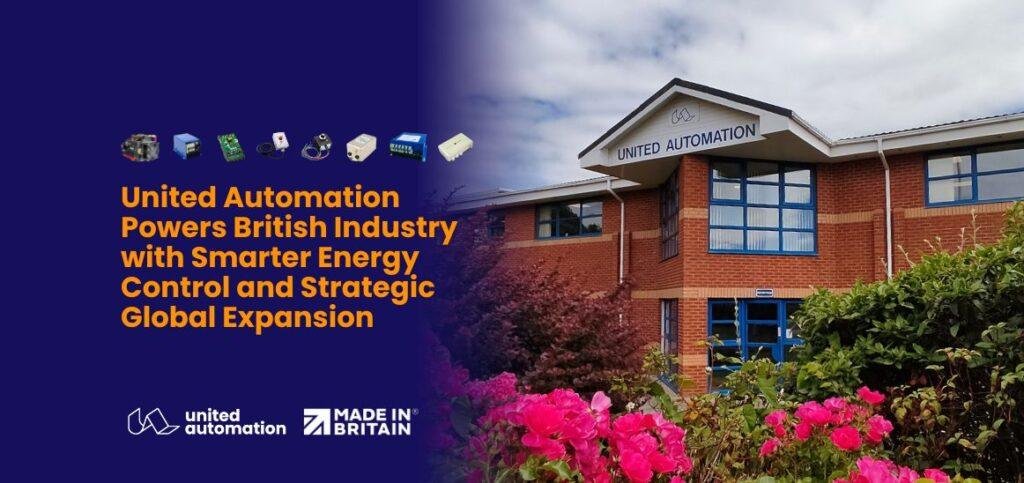


Whether you need our proven standard products or a custom control system, United Automation delivers robust and reliable engineering solutions tailored to your industry.
| Cookie | Duration | Description |
|---|---|---|
| cookielawinfo-checkbox-analytics | 11 months | This cookie is set by GDPR Cookie Consent plugin. The cookie is used to store the user consent for the cookies in the category "Analytics". |
| cookielawinfo-checkbox-analytics | 11 months | This cookie is set by GDPR Cookie Consent plugin. The cookie is used to store the user consent for the cookies in the category "Analytics". |
| cookielawinfo-checkbox-functional | 11 months | The cookie is set by GDPR cookie consent to record the user consent for the cookies in the category "Functional". |
| cookielawinfo-checkbox-functional | 11 months | The cookie is set by GDPR cookie consent to record the user consent for the cookies in the category "Functional". |
| cookielawinfo-checkbox-necessary | 11 months | This cookie is set by GDPR Cookie Consent plugin. The cookies is used to store the user consent for the cookies in the category "Necessary". |
| cookielawinfo-checkbox-necessary | 11 months | This cookie is set by GDPR Cookie Consent plugin. The cookies is used to store the user consent for the cookies in the category "Necessary". |
| cookielawinfo-checkbox-others | 11 months | This cookie is set by GDPR Cookie Consent plugin. The cookie is used to store the user consent for the cookies in the category "Other. |
| cookielawinfo-checkbox-performance | 11 months | This cookie is set by GDPR Cookie Consent plugin. The cookie is used to store the user consent for the cookies in the category "Performance". |
| cookielawinfo-checkbox-performance | 11 months | This cookie is set by GDPR Cookie Consent plugin. The cookie is used to store the user consent for the cookies in the category "Performance". |
| viewed_cookie_policy | 11 months | The cookie is set by the GDPR Cookie Consent plugin and is used to store whether or not user has consented to the use of cookies. It does not store any personal data. |
| viewed_cookie_policy | 11 months | The cookie is set by the GDPR Cookie Consent plugin and is used to store whether or not user has consented to the use of cookies. It does not store any personal data. |